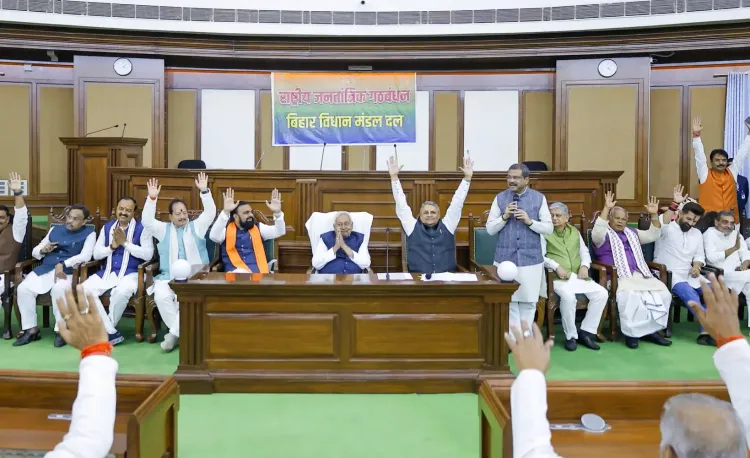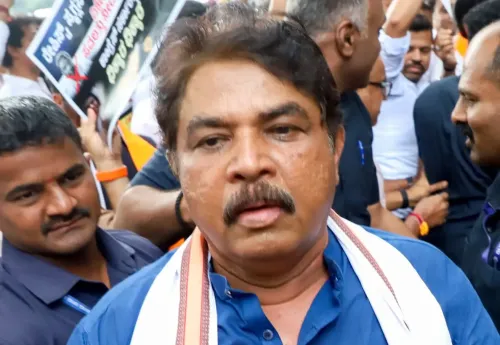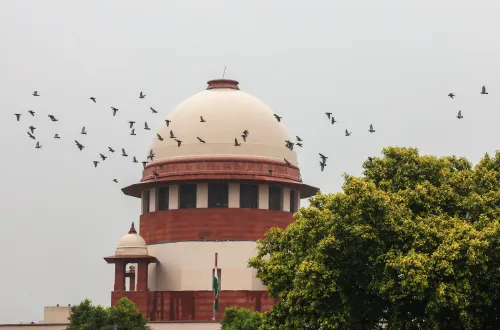What Did the Bihar 2025 Polls Teach Us About Voter Dynamics?

Synopsis
Key Takeaways
- Rupauli had the largest winning margin of 73,572 votes.
- Sandesh marked the closest contest with just 27 votes
- Turnout in Kasba reached 81.97%, the highest across the state.
- Women’s turnout peaked at 90.27% in Thakurganj.
- Urban Patna areas showed the lowest participation rates.
New Delhi, Nov 19 (NationPress) The Bihar Assembly Election 2025 revealed dramatic voting margins, stark contrasts in turnout, and notable gender-based voting trends, illustrating a rich tapestry of democratic engagement throughout the state.
While numerous constituencies experienced landslide victories, others were determined by mere handfuls of votes, showcasing both decisive mandates and incredibly close races.
The largest winning margin was noted in Rupauli, where JD(U) achieved an astounding 73,572-vote lead over the RJD, marking it as the biggest win of the election.
This was succeeded by the BJP’s significant 59,079-vote victory in Digha and LJPRV’s 58,191-vote triumph in Sugauli. JD(U)’s Gopalpur and BJP’s Aurai completed the top five, each securing victories of over 57,000 votes.
In stark contrast, the closest race took place in Sandesh, where JD(U) narrowly defeated RJD by a mere 27 votes—the smallest margin of the 2025 election.
BSP’s candidate in Ramgarh won by just 30 votes, while BJP’s success in Agiaon (SC) was determined by only 95 votes. Additionally, two other constituencies, Nabinagar and Dhaka, had margins under 200 votes, marking them as fiercely contested.
Turnout patterns exhibited a significant divide. Kasba boasted the highest polling rate at 81.97 percent, leading a group of high-turnout constituencies including Barari, Thakurganj, Pranpur, and Kishanganj—all surpassing 80 percent.
Conversely, segments of urban Patna experienced some of the lowest participation. Kumhrar recorded the lowest turnout at 40.22 percent, followed by Bankipur (41.39 percent) and Digha (42.84 percent). Women voters demonstrated remarkable mobilization in several Seemanchal areas.
Thakurganj led with an impressive 90.27 percent female turnout, closely followed by Kochadhaman (89.22 percent) and Pranpur (88.99 percent).
Meanwhile, urban Patna areas displayed the least female participation: Kumhrar had merely 39.13 percent, the lowest statewide.
Male turnout peaked in Purnia, with 79.66 percent of male voters casting their ballots, whereas Kumhrar again saw the lowest male engagement at just 41.07 percent.
With both sweeping victories in certain areas and razor-thin contests in others, the Bihar 2025 elections illustrated not only decisive public mandates but also intense battles at the constituency level, reshaping the political landscape of the state.









